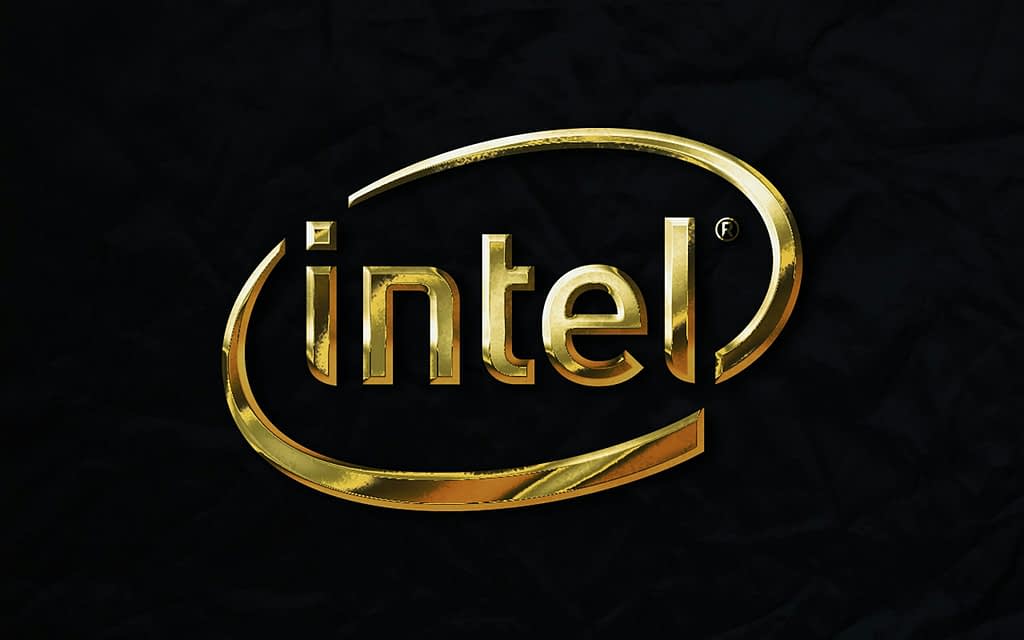Intel’s shares jumped up to 30% following the announcement of a $5 billion investment from Nvidia, which acquired a four percent stake in the company. While the tech stock market reacted euphorically, a crucial question remains: does this deal fundamentally change the situation for the American chipmaker, whose manufacturing division loses billions annually, or is it primarily a psychological signal of confidence?
Intel Foundry Lost $13 Billion Last Year
Intel Foundry Services was established in 2021 with the ambition to become an alternative to TSMC (Taiwanese chipmaker) and open its own manufacturing capacity to external customers. The reality for the semiconductor manufacturer has been harsh so far:
- 2023: loss of $7 billion
- 2024: loss of $13 billion
- Forecast: unprofitable at least until 2027
These massive losses led to a 60% write-down in the tech company’s market value and a CEO change with Pat Gelsinger’s departure. A key question arose at the press conference: will Nvidia become a Foundry customer? The answer is – possibly in the future, but for now, new chips will be manufactured at TSMC (Taiwanese chipmaker).
Investment Represents Only a Fraction of Intel’s Total Value
Nvidia purchased shares of the American chipmaker at $23.28 per share, representing a premium over the previous $18 at the beginning of the week. Intel’s market capitalization after the increase stands at around $110 billion, with the investment in the tech sector representing only a small fraction of the total value.
For comparison in market sizes: Nvidia today reaches a value of over $2.7 trillion – more than twenty times Intel’s size. AMD trades at $250 billion and TSMC above $600 billion. Intel’s forward P/E (ratio of price to expected future earnings) remains low at around 17 even after the share price increase, while Nvidia trades at multiples above 40. Valuations clearly show that the market still views Intel cautiously and doesn’t trust its future.
Pragmatic Move: Strong CPUs Versus Dominance in GPUs and AI
The deal includes not only a financial investment but also strategic technological cooperation. Intel will supply processors for Nvidia’s servers designed for artificial intelligence, while in return it will use Nvidia’s AI technologies for chips in personal computers.
It’s a pragmatic step built on both companies’ strengths – Intel has robust CPU solutions, while Nvidia dominates GPU technologies and AI infrastructure. The combined offering could create competitive products for the rapidly growing market.
However, the key point is that this doesn’t yet represent significant business for Intel’s manufacturing division, which is the most important aspect of the entire transaction for long-term investors.
Geopolitical Dimension: US Government Purchased 10% of Shares
Beyond its commercial significance, Intel has crucial strategic importance as the only American manufacturer of advanced semiconductors at large scale. Most of the world’s most advanced chips are produced in Taiwan, which poses a risk in case of potential conflict with China.
This is why the US government purchased approximately 10% of Intel’s shares this year and provided massive subsidies. Intel supplies chips to the Department of Defense and represents a domestic safeguard for US technological self-sufficiency. The deal with Nvidia strengthens this geopolitical framework – Intel is no longer just a troubled company with losses, but a partner of the most significant player in artificial intelligence.
The Test Will Come in 2027 with the 14A Process
From a short-term perspective, Intel has regained market confidence. The investment from Nvidia acts as a strong confirmation of potential, and low valuations compared to competitors suggest room for further growth.
In the medium term, however, the critical test will come in 2027, when Intel plans to launch its new 14A manufacturing process. This milestone could determine the future:
- Upon success: attracting major customers and real competition for TSMC
- Upon failure: wasted investments worth tens of billions of dollars
Nvidia’s hesitation to shift production clearly shows that Intel doesn’t yet offer comparable quality and manufacturing yield as established players.
What Experienced Investors Will Be Watching
Nvidia’s investment is a strong psychological signal that the market shouldn’t write off Intel. For short-term investors, it’s an attractive opportunity due to the combination of low valuations and a strong partner. For long-term investors, however, the key question remains: can Intel transform Foundry into a viable business? Without that, the partnership with Nvidia will remain more of a prestige gesture than an actual solution to fundamental problems.




